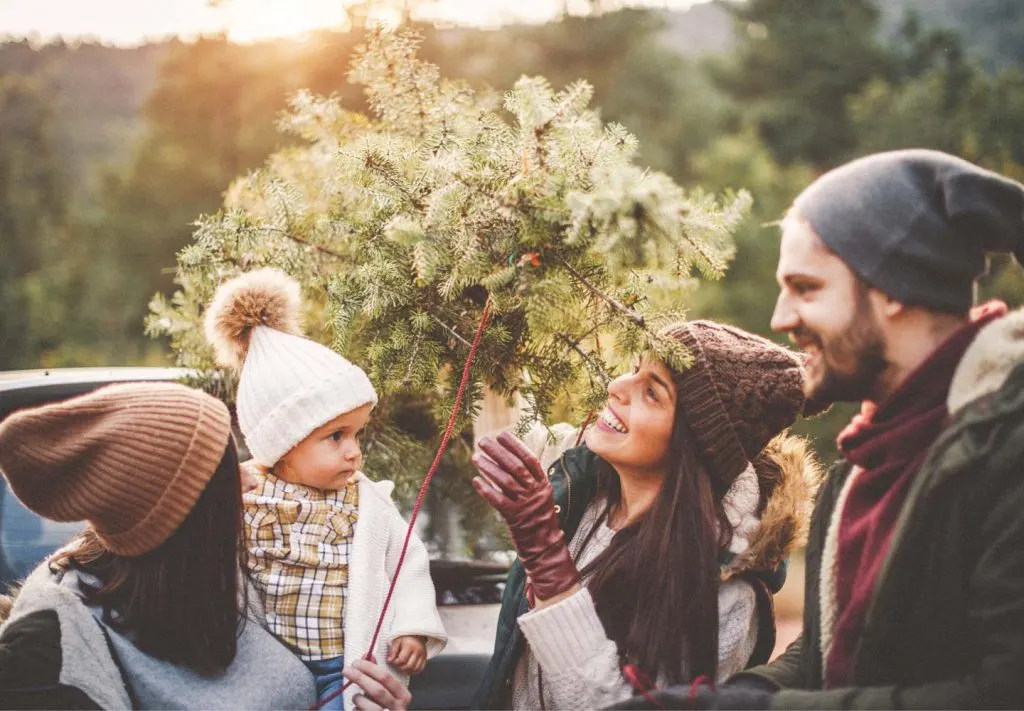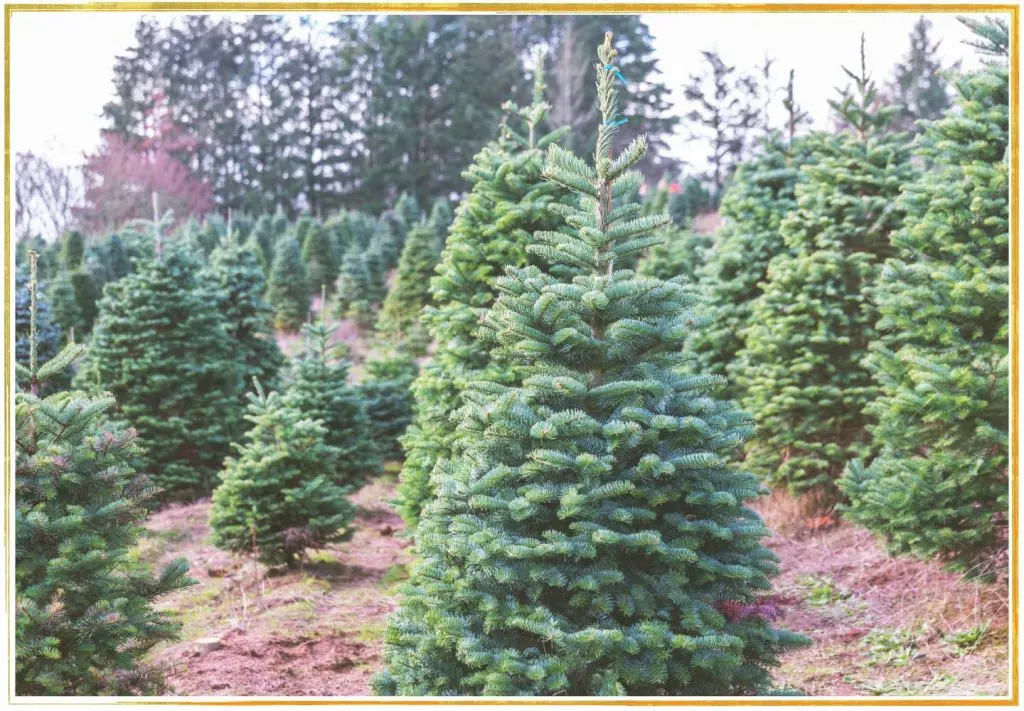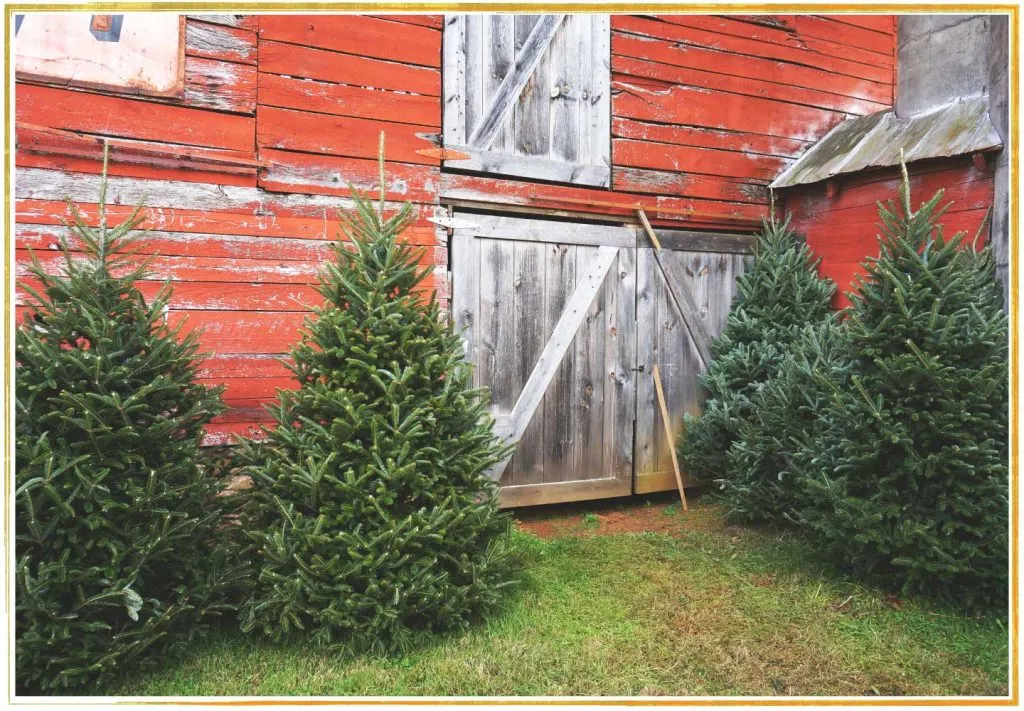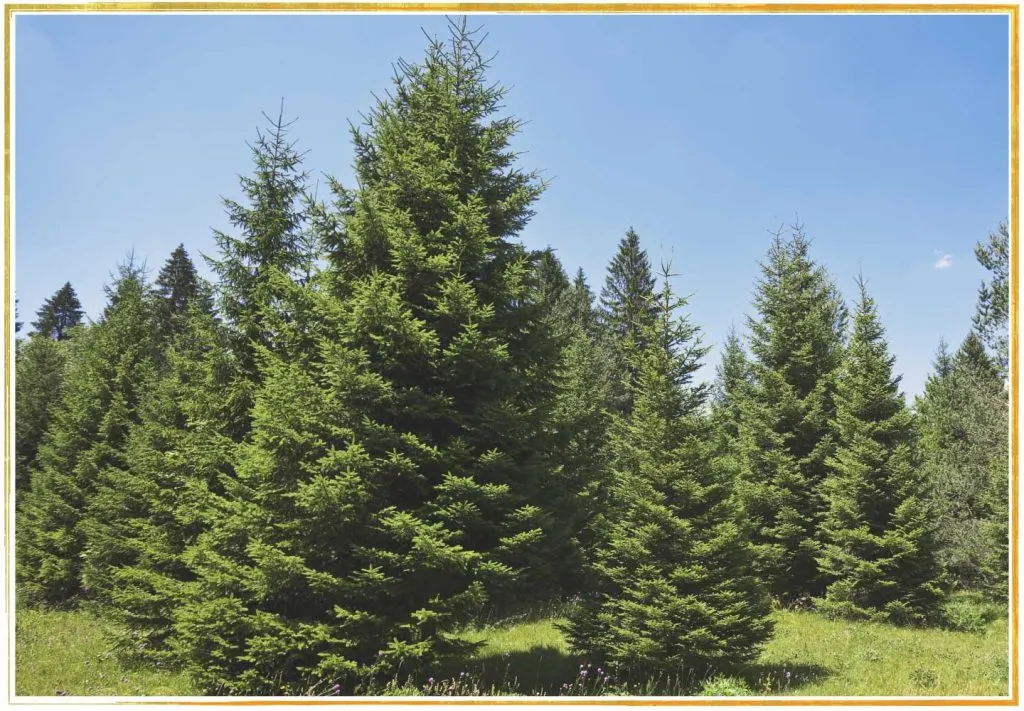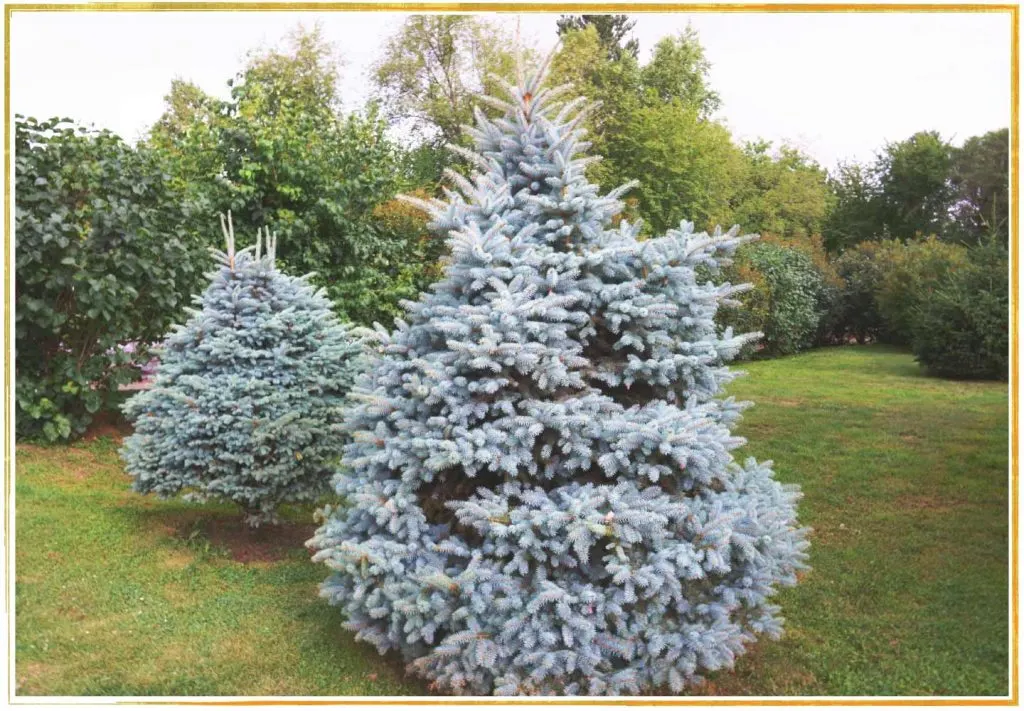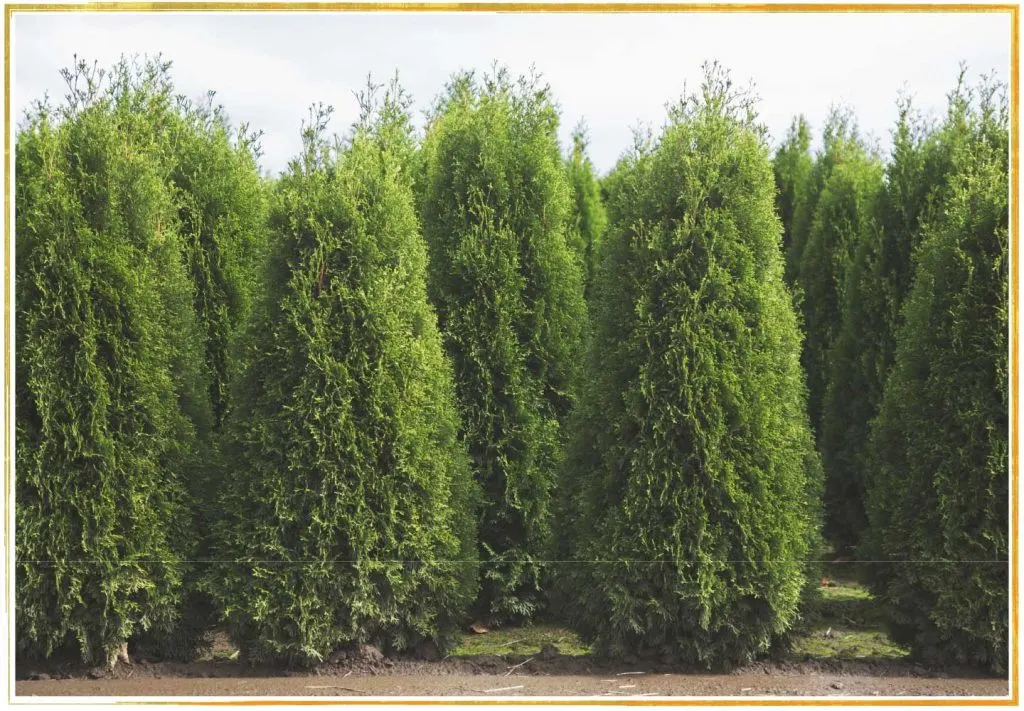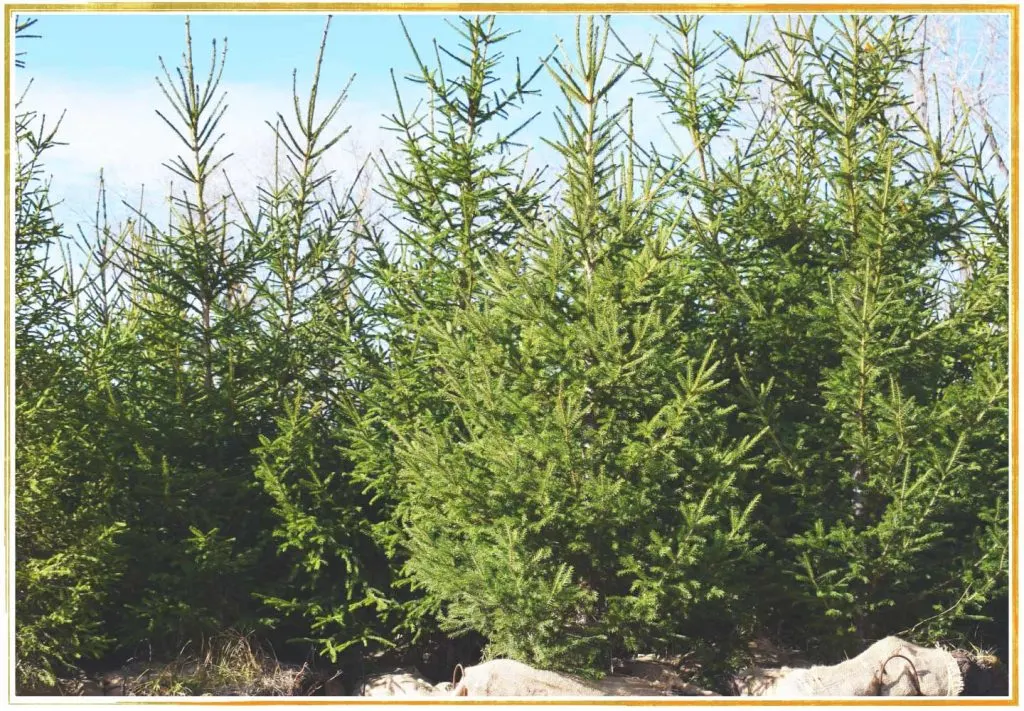December 03, 2019
17 Types of Christmas Trees to Deck the Halls
Putting up the tree is an exciting moment that signifies the start of the Christmas season. Many families have a tradition of using live trees in their homes — there’s something so special about the smell and ambiance of a live tree that a fake tree can’t compete with.
There are many types of Christmas trees to choose from and each has its own distinct features. If you’re looking for a tall and skinny tree, then a Balsam Fir is a great choice. A Douglas Fir, however, has more of a pyramid shape. Use this guide to find the perfect fit for your home.
Spreading the holiday spirit doesn’t have to be as difficult as going to the farm and cutting down a huge tree. If you want to spread the holiday spirit for friends and family, you can do so by giving them a mini Christmas tree for their desk, mantel or countertop.
Fir Christmas Trees
Fir trees are one of more than 45 species of evergreen trees. Evergreen trees are a popular type of Christmas tree because they keep their leaves throughout the year. There are many types of fir trees and although they’re all similar, each type grows in a specific location and has a unique color and shape.
1. Noble Fir
The noble fir is a great type of Christmas tree because of its strong fragrance, which many people associate with the Christmas season. Its strong branches are also perfect for decorating. The noble fir grows in the Pacific Northwest and has a dark green color.
2. Douglas Fir
The Douglas fir, as mentioned above, has a grand pyramid shape that’s sure to make a statement in any home during Christmas. Growing predominantly in the Pacific Northwest, nearly half of all Christmas trees in the United States are Douglas firs. Douglas firs are highly desirable for their dark green color, seasonal smell and full body.
3. Balsam Fir
The balsam fir is one of the most fragrant Christmas trees. Unlike some of its family members, the balsam fir has more of a cone-like shape and grows from Northern Alberta down to Pennsylvania. If you’re looking for a Christmas tree that will fit in a tight corner, this tree will make the cut.
4. Fraser Fir
The Fraser fir is very similar to the balsam fir in its color, shape and aroma, but it has a lighter tone to its needles. While the balsam fir grows predominantly in the Northeast, the Fraser fir grows at elevations above 4,500 feet in the Southern Appalachian mountains.
5. Grand Fir
The grand fir has a robust body and yellow-ish green needles. Similar to its family members, it gives off a strong scent. The grand fir grows from British Columbia, down through Montana and into Northern California. This type of Christmas tree is popular for families in the inland states.
6. Canaan Fir
The Canaan fir is a hybrid between the balsam and Fraser fir trees, and it’s relatively new to the Christmas tree market. This type of Christmas tree has a rich green color, a medium fragrance and strong branches for decorating. You can see Canaan fir growing in the mountains of West Virginia.
7. Concolor Fir
Concolor fir has a large, round body and a blue-ish green hue to its needles. Many people refer to the concolor fir as a “white fir” because of its appearance. This type of Christmas tree is native to the western United States.
Pine Christmas Trees
Pine trees are another species of evergreen trees, and there are 126 types currently discovered. Pine trees are one of the best types of Christmas trees because of their unique, yet classic shapes and colors. When picking out the perfect Christmas tree for your family this holiday season, a pine tree should definitely be on your list of types of Christmas trees to consider.
8. White Pine
If you’re looking for a Christmas tree with a lighter color, then a white pine is a great choice. Growing pretty much all over North America, the white pine has light, blue-ish green needles, a mild fragrance and a tall stature. White pines are best if you’re planning to decorate without heavy ornaments, because the branches aren’t as strong as some other types of Christmas trees.
9. Scotch Pine
The Scotch pine is native to Europe and Asia, but now grows in the eastern United States. The Scotch pine is a popular Christmas tree because it has the classic qualities of strong branches, a medium fragrance and a dark green color.
10. Virginia Pine
If you’re looking for a stout tree with heavy foliage that can easily be trimmed, then the Virginia pine is a great option. This tree has a medium fragrance and short, twisted needles, which makes it easy to identify. The Virginia pine grows in the eastern and southern United States.
Spruce Christmas Trees
Similar to other types of Christmas trees, spruce trees are evergreen. Spruce trees grow in a conical form, which makes them perfect for bringing inside to decorate. When left in the wild, spruce trees can grow between 60 feet and 200 feet tall. Although there are around 35 types of spruce trees, we use only three of them as Christmas trees.
11. Blue Spruce
If you prefer a white Christmas, then the blue spruce will be a beautiful addition to your household. This tree looks like it’s dusted in snow with its waxy grayish-blue needles. The blue spruce is native to the Rocky Mountains and has dense foliage perfect for decorating. This tree has a strong fragrance and a perfect Christmas tree shape as well.
12. Norway Spruce
The Norway spruce is native to Europe but is now commonly found in the United States. This tree can grow up to 180 feet tall and you’ll notice its lean stature when you bring it home. With a dark green color to its needles and a medium fragrance, this tree can be a good choice for Christmas; however, it’s hard to water correctly.
13. White Spruce
Similar to the blue spruce with an even more frosted color, the white spruce is a great option for those who want their homes to feel like a winter wonderland. Many people buy fake Christmas trees with a snow-dusted appearance, but with the white spruce, you can have the best of both worlds. This tree grows all over North America and has strong branches for decorating.
Cypress Christmas Trees
There are only 24 types of cypress trees in the world, and they all vary in appearance. Although cypress trees aren’t the most common type of Christmas tree, it’s important to note two types of cypress trees that can be used in your home this holiday season for a unique look.
14. Arizona Cypress
The Arizona cypress is native to the southwestern United States and has a large cone-like shape. This cypress tree is blue-ish green, has a medium fragrance and can grow up to 60 feet tall. If you’re looking for a tree that makes a statement, the Arizona cypress may just fit the bill.
15. Leyland Cypress
The Leyland cypress is another unique take on a Christmas tree, because it has the shape of a Christmas tree but its leaves are feathery. This type of Christmas tree is great for those with allergies because it doesn’t give off an aroma. Growing most commonly in the southern United States, the Leyland cypress can grow to be 70 feet tall.
Cedar Christmas Trees
Cedar trees are native to the western Himalayas but can now be found throughout North America. Depending on your location, cedar Christmas trees may or may not be more common in your area. Understanding what these types of Christmas trees look like can be helpful during your search.
16. Red Cedar
People often refer to the red cedar as the Eastern red cedar because it grows in Texas, Oklahoma, Nebraska, Kansas and almost every state to the East of these states. The red cedar has a strong fragrance and a pyramid-like shape. Sometimes, it can have more of a pencil shape, depending on the tree.
17. Deodar Cedar
The Deodar cedar is unique and whimsical in its shape and stature. It has a large pyramid form, but its branches seem to fall gracefully in no particular order. This is the type of Christmas tree you may see in the “How the Grinch Stole Christmas.” If you’re looking to make a statement or want to decorate your tree in a fun way, the Deodar cedar is an excellent choice.
As you can see, there are many types of Christmas trees to choose from this holiday season, and the best part is that you can change it up each year. Your geographic location may dictate your choices to some extent, but there are always options. Whether your priority is to decorate your tree or to smell the strong scent of Christmas in your house, we hope this guide helps you pick the perfect tree.
As your family begins the Christmas season by picking out your tree, don’t forget to spread the holiday spirit to others as well. You can do so by buying Christmas gifts for people you love. A small gesture can go a long way during this special time of year.

